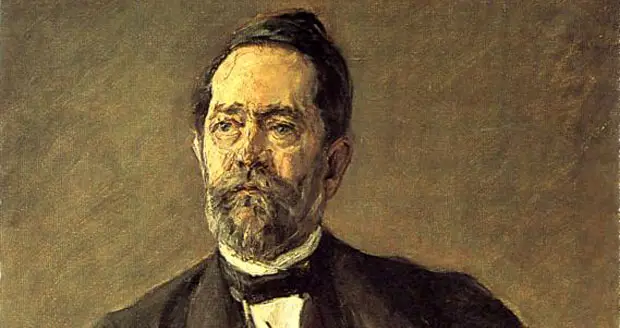
Early Life
Christian Felix Klein, a German mathematician, was born on 25th April 1849 in Düsseldorf. His early education was from the Gymnasium in Düsseldorf and for higher education he selected the University of Bonn where he mastered in mathematics and Physics from 1865 to 1866. His initial choice of career was a physicist but later his interest shifted to mathematics.
Career in mathematics
Klein received his doctorate in 1868 with a dissertation on line geometry and its application to mechanics. His role model was his professor Plucker who had inspired him to opt for mathematics in the first place. After the death of Pucker, Klein was left with his legacy of incomplete work of geometry. He spent a year in travelling between Gottingen, Berlin and Paris mostly with Marius Sophus Lie who shared a common interest in geometry. In 1870 he briefly enlisted in the army as a medical officer but had to return upon getting sick with typhoid fever.
The following year he got a position as a lecturer at Gottingen but later he took up the chair at University of Erlangen in 1872. According to history, there may have been some specific reasons for Klein’s success at Gottingen. One is a more personal theory and says that his marriage to a strikingly beautiful woman named Anne Hegel may have been an allure for even those who were less interested in Klein’s mathematical fascination. The second reason could have been his intense competition with another mathematician, Henri Poincare, which led to amazing delivery of results by Klein.
He initiated the Erlangen program the same year which was a major breakthrough in geometry ending all confusion between Euclidean and non-Euclidean geometry. Among his strengths were analytical geometry, group theory, function theory, non-Euclidean geometry and the relation between geometry and group theory. His ‘Function Theory’ had a deep impact in mathematics. Klein is also responsible for many other important works such as his book on ‘Icosahedron’ (1884) in which he talks about the theory of automorphic functions that is a connection between algebra and geometry. He has other books to his name mainly ‘Mathematical Theory of the Top’ (1897), ‘Evanston Colloquium’ (1893) and ‘Lectures on the Icosahedron’ and the ‘Solution of Equations of the Fifth Degree’.
Later Life and Death
While teaching, Klein created a very sociable atmosphere which encouraged the learning process. He did not restrict the studies in the classroom but discussions were held in his house, during walks. He inspired many students who later on became leading mathematicians such as David Hilbert. In 1905, he recommended a method of teaching differential and integral calculus concepts which was adopted by many countries. He was elected as a member of the Royal Society in 1885. In 1893, Klein was awarded the ‘De Morgan Medal’ by the London Mathematical Society. In 1908, he became an elected chairman of International Commission on Mathematical Instruction and received the Copley medal in 1912.
Klein announced his retirement before the beginning of World War I due to health reason. He died in 1925 in Gottingen with numerous achievements credited to his name.